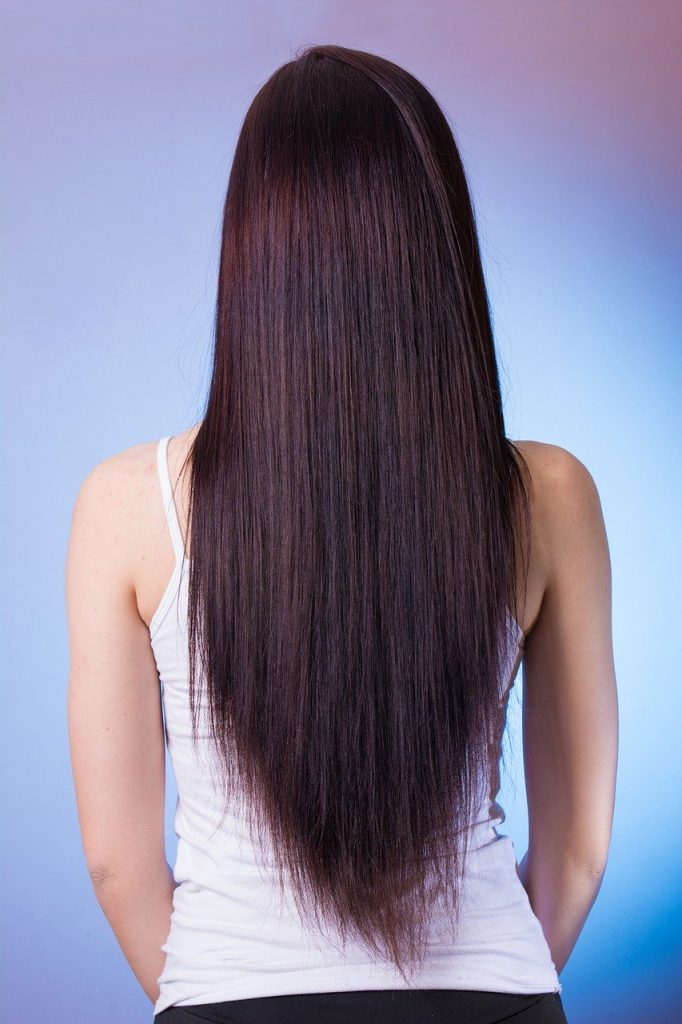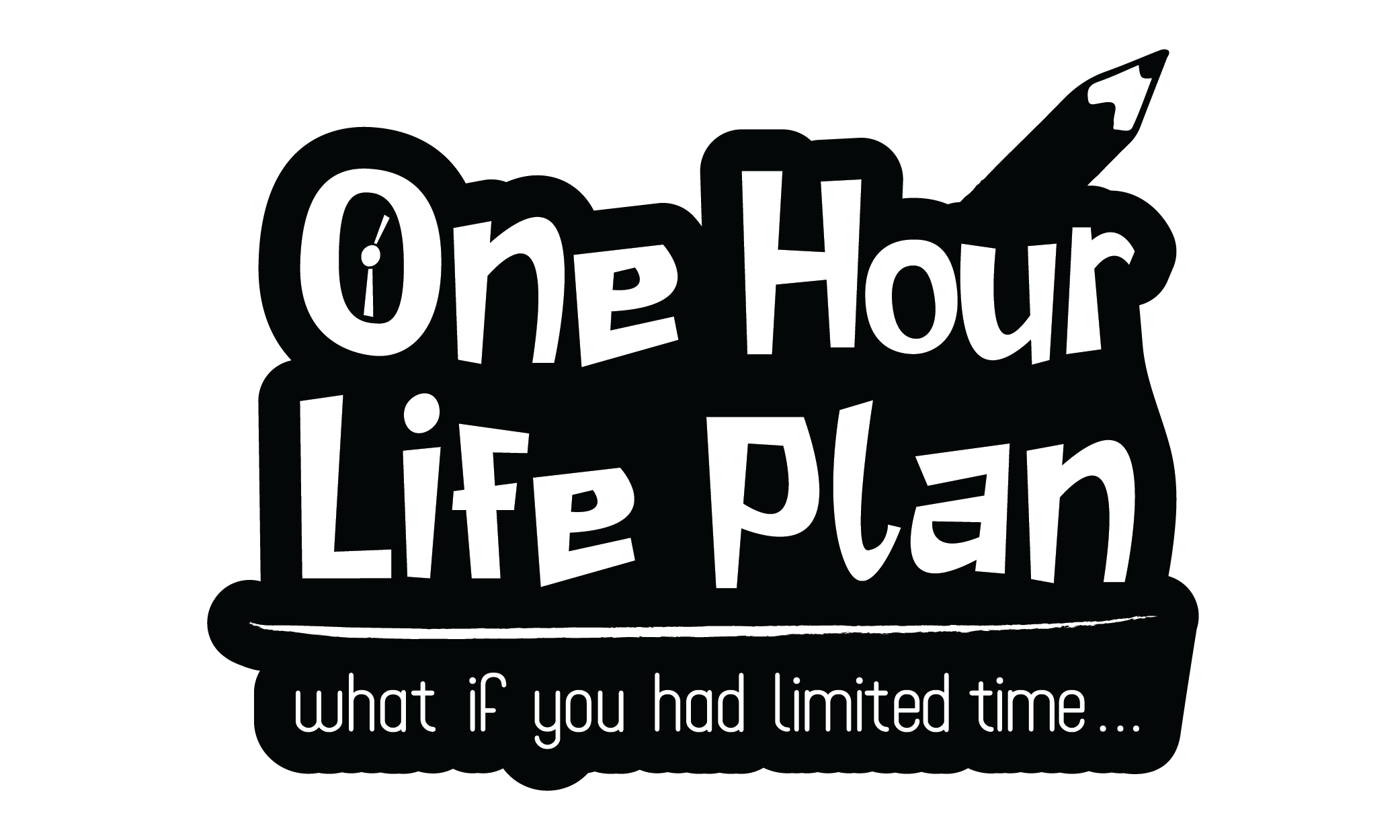Great hair isn’t a prerequisite for anything vital in life, but it is something we notice and enjoy. Whether or not we think about it on a conscious level, hair is a rather prominent feature in our culture. We notice hair differences, enjoy interesting shapes and textures, and use our hair to express our individuality with different dyes and styles. Of course, all of our modifications can—and often do—tend to damage our natural strands, which can also suffer from the stress of natural environmental conditions.
Healthy hair is typically shiny, soft, and free of visible split ends. Damaged hair can point to a lot of causes and a lot of side effects, all of which diminish our hair’s quality in one way or another. Dyes, harsh shampoos, bleach, and other hair products can be determined as self-inflicted causes of damaged hair; sun exposure and dry winter air, on the other hand, are examples of environmental factors that can also contribute to the appearance and feel of damaged hair.
Is My Hair Damaged?
Most of us experience at least some mild hair damage at some point in our lives, so don’t panic if you’re having a moment of self-diagnosis. Split ends, hair that breaks easily, white-capped hair ends, general dryness, knots, and rough and/or stringy hair are all signs of hair damage. Hair that tangles easily or becomes hard to style or brush may also indicate damage. These side effects occur as a result of causes that range in their severity. Some of these conditions may be helped with treatments, while others may not. A few may need medical treatment.
Keep in mind that hair strands are composed of dead cells, so all damage is technically permanent. Still, there are things we can do to help improve the look and feel of our hair while avoiding a haircut.
The first step is to identify the cause of the damage, and the second step is to stop that source. Of course, if the issue is out of your control, the focus turns more to treatment and attention in the areas we can control.
Prevent It

This might go without saying at this point, but the only way to ever really repair your damaged hair without cutting it (at least right away) is to prevent future and further damage. For those of us who use lots of heat in our styling process, via a blow-dryer, curling iron, flat iron, or other heat-intensive devices, this might mean seriously reducing the number of days we engage with these tools. Hopefully, you have already been using a protective spray or product of some sort to help mitigate that heat damage, but if not, you will want to find an appropriate product to provide a barrier between your hair and the heat before you return to using these types of tools.
Another major source of damage comes from coloring our hair. If you have bleached your hair—the most intense decision in the “coloring” category—you should likely avoid using all heat on your hair until the hair has grown out and stabilized. Coloring hair in any way changes its integrity and can cause serious damage, eventually, if not immediately. The elasticity and brittleness of hair will likely be noticeably changed when hair has been colored too often or too drastically.
If you can, avoid using hair dye as much as possible. If you must, consider a gentler hair dye, like a demi- or semi-permanent formula. Also, try to stay relatively close to your natural shade when trying to avoid hair damage.
Other Tips
We can also help save our hair by using a form of sun protection, especially throughout the summers, and using a moisturizing mask to combat the dry air of winter. Changing our haircare routine to adapt to the seasons and fluctuations in humidity is a great way to help keep it protected from damage all year round.
Avoiding exposure to harsh, drying chemicals, such as chlorine in pool water or alcohol in hairspray, is another easy and helpful tip towards glossier, shinier, healthier hair. Damage often strikes as a result of lack of moisture, and harsh products and environments tend to strip natural oils (and therefore moisture) from hair strands.
There are a variety of key ingredients known to help combat different hair health deficiencies. Once you’ve identified the source of your hair’s damage, you will likely be able to sort among them and find a wealth of products and at-home remedies to treat the issue. Popular masks, leave-in treatments, and deep conditioners utilize shea butter, argan oil, coconut oil, avocado oil, aloe vera, yogurt, honey, and olive oil as key ingredients. Certain brands also make spray-in keratin conditioning products which may be effective in helping to heal hair’s dry and damaged look.
Getting Natural
Working with nature and taking care of our bodies also helps tremendously. Stress absolutely can contribute to hair health, hair loss, and hair appearance. Remember to take care of yourself, eat a well-balanced diet, and take some time to pay attention to your body’s needs. Get regular sleep and consider taking a biotin-rich multivitamin, gummy, or another of the optional great hair vitamins to help promote healthy hair growth.
Although you may be avoiding a haircut at the moment, regular trims are crucial to maintaining hair health, and a haircut will ultimately be necessary to truly achieve a fully healthy head of hair again. In the meantime, style your hair gently and use as few harsh products and chemicals as possible. Reduce the amount of heat you put on your hair and consider altering your haircare routine to respond to any fluctuations in your mane’s apparent health. Brush your hair carefully, avoiding brusque strokes; also, try not to brush your hair often if not needed.
Hair’s integrity can be reduced with the use of tight elastics and hair ties, as well, so just remember to try to go as natural as possible with styling. If all else fails and you’re really in a pinch, you can always get into hats for a while, but let’s hope it doesn’t come to that!
Resources— Healthline, Style Caster

